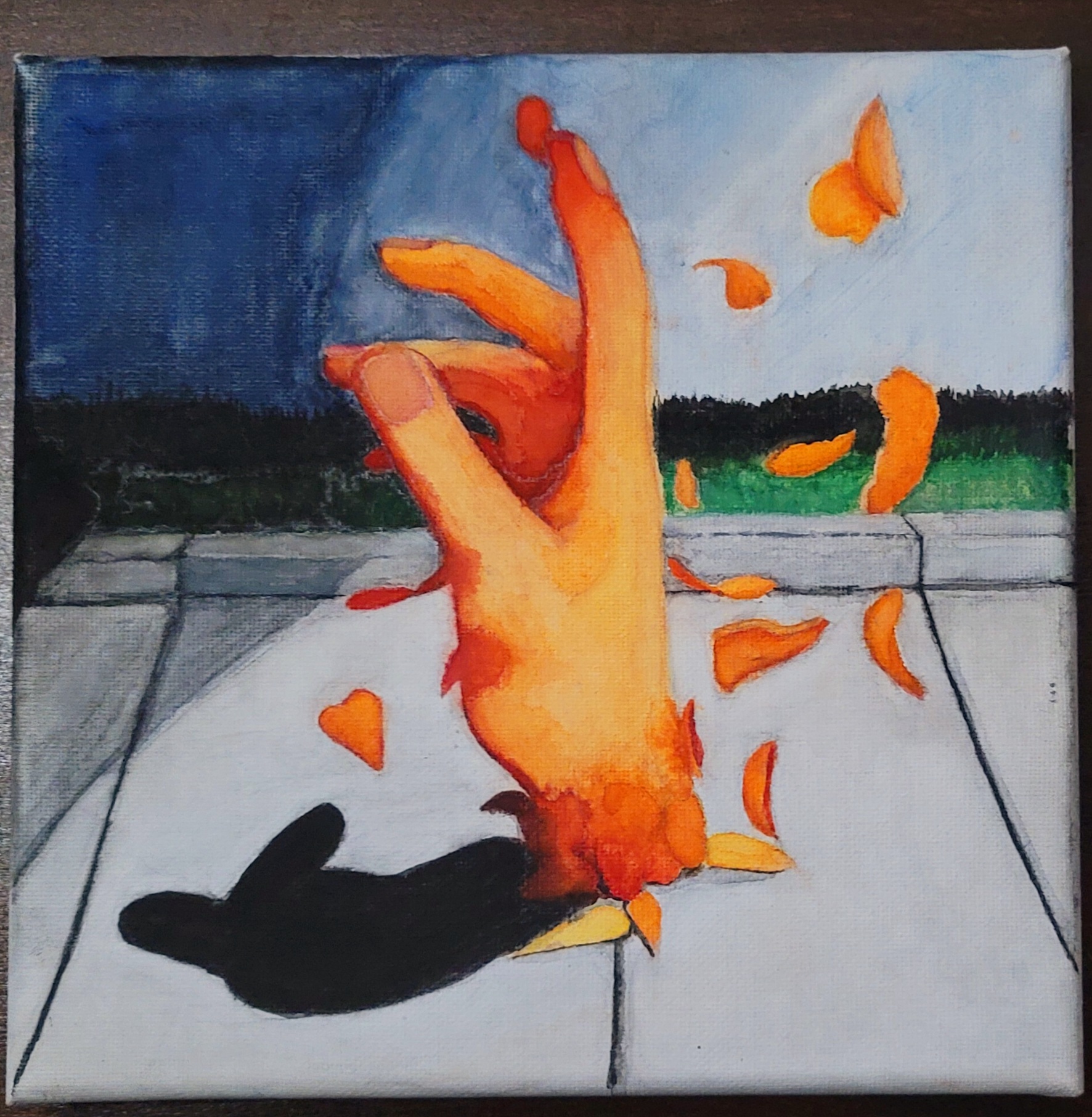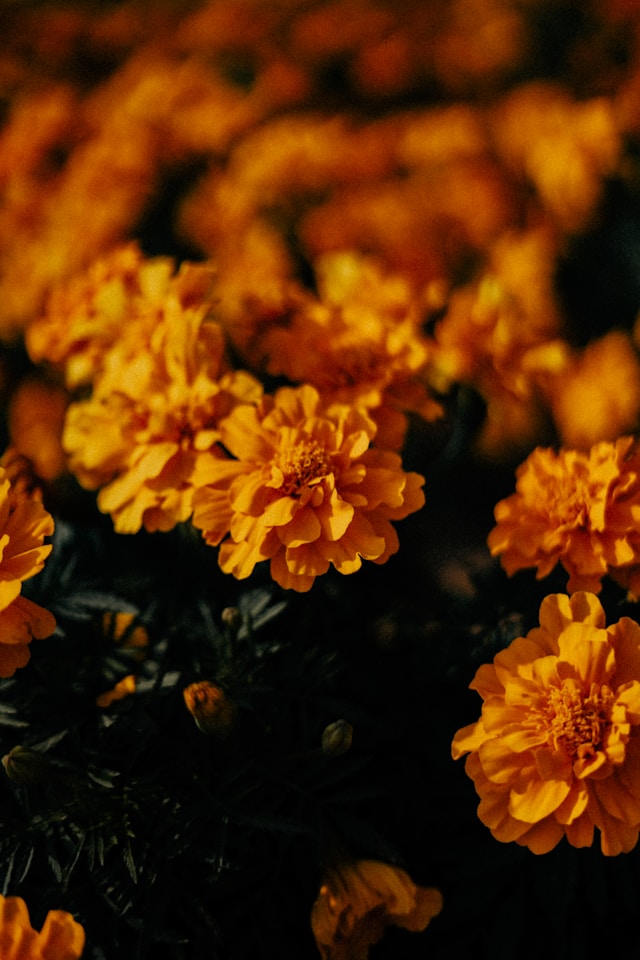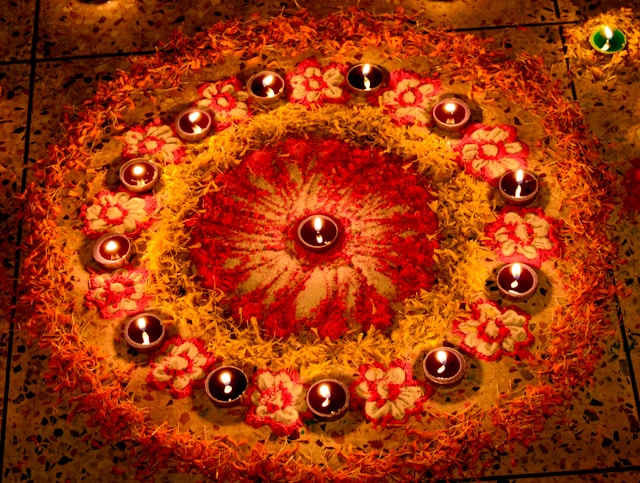
Mexico;
Let’s start with love. A soft beginning for our many stories we have to share.
There is a legend of two friends. As everyone knows, boys and girls can’t be friends without one or both seeing the other in a romantic light. As it happens, the same is said about Xóchitl and Huitzilin.
Xóchitl is our cherished, graceful girl who falls in love with her best friend. Huitzilin is our joyous and adventurous boy who falls for his best friend. These two had the daily ritual of climbing the Popocatépetl — a volcano — to offer up whatever flowers they could find. They’d offer them to a sun god, Tonatiuh, to which the god would repay with warm rays.
Years passed and the pair became lovers. Then a day came when Xóchitl came to the volcano alone. Her lover went to serve the war, so she performed the ritual without her best friend. She had the lost look in her eyes, but kept their tradition.
On the next day, Xóchitl came running to the mountain, desperate and distraught, without any flowers in her hand. She got on her knees and began to pray to the god who listened to her all those times before. She begged the god to reunite her with fallen love. The god decided to smile on her once again. The girl was transformed into a flower matching the sun’s beautiful rays, now a bud made up of yellow, orange, and red. The new flower doesn’t wait long before her love comes to her. Not as a man, but as a dazzling hummingbird. The bird taps his beak on the flower’s petals. The flower opens its petals for the bird.
The sun god declared that as long as the cempasúchil (Marigold) and hummingbirds exist, so will their love on earth.
The most known folklore associated with the Marigold is Día de los Muertos. A holiday that is celebrated on November 1st to the 2nd. The dead relatives of living are to return and visit their loved ones for a brief time. Families clean gravesites and prepare food for the relatives return, along with the decoration of an altar with marigolds paired with old photos of the dead. The marigolds have a strong scent that is said to lead the dead to their families. In some smaller towns, it is said that petals are laid down to create a path for relatives to visit homes and cross the threshold, where the spirit can be cleansed.


England;
The name marigold was popularized when peasants offered Calendulas (Pot Marigold) to the Virgin Mary. The flower’s orange-yellow hue reminded the people of gold. They would place the flower into her hands, deeming it Mary’s gold and Marigold. Although in the 16th century, Tagetes (Marigold) were brought to the continent and took over as the offered flower.
One popular activity among people, especially women of the 19th century, was the participation in sending flowers as coded messages using the Language of Flowers. Depending on the marigold, the flower could represent despair, grief, jealousy, vulgar minds, or prediction.
India;
Another country that has a connection to the Tagetes is India. The Marigold is very popular and is included their biggest events like Diwali, Ganga Dussehra, and Navratri. Also, the flower is used in prayers for an offering, a gift and blessing to newlyweds, and garlands are given to revered figures as a gesture of respect. Marigold has a similar significance in India as it has in Mexico. Such as the adornment of the dead with marigolds. In Varanasi, part of the funeral process is laying garlands of marigold onto the dead before being cremated on the Ganges River. Hindu teachings say the marigold represents purity, strength, and new beginnings, which is why this flower can be placed in any gathering.

India;
https://www.nytimes.com/2024/11/14/t-magazine/marigolds-india-hinduism.html#:~:text=According%20to%20Hindu%20teachings%2C%20marigolds,to%20sacred%20festivals%20to%20weddings.
https://unsplash.com/photos/a-circular-arrangement-of-candles-on-a-floor-cM8X2DDvnGE
